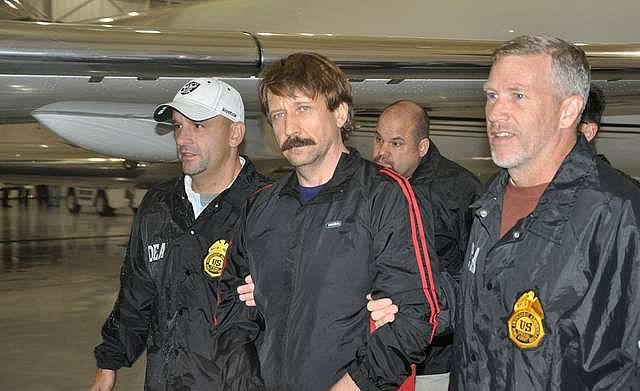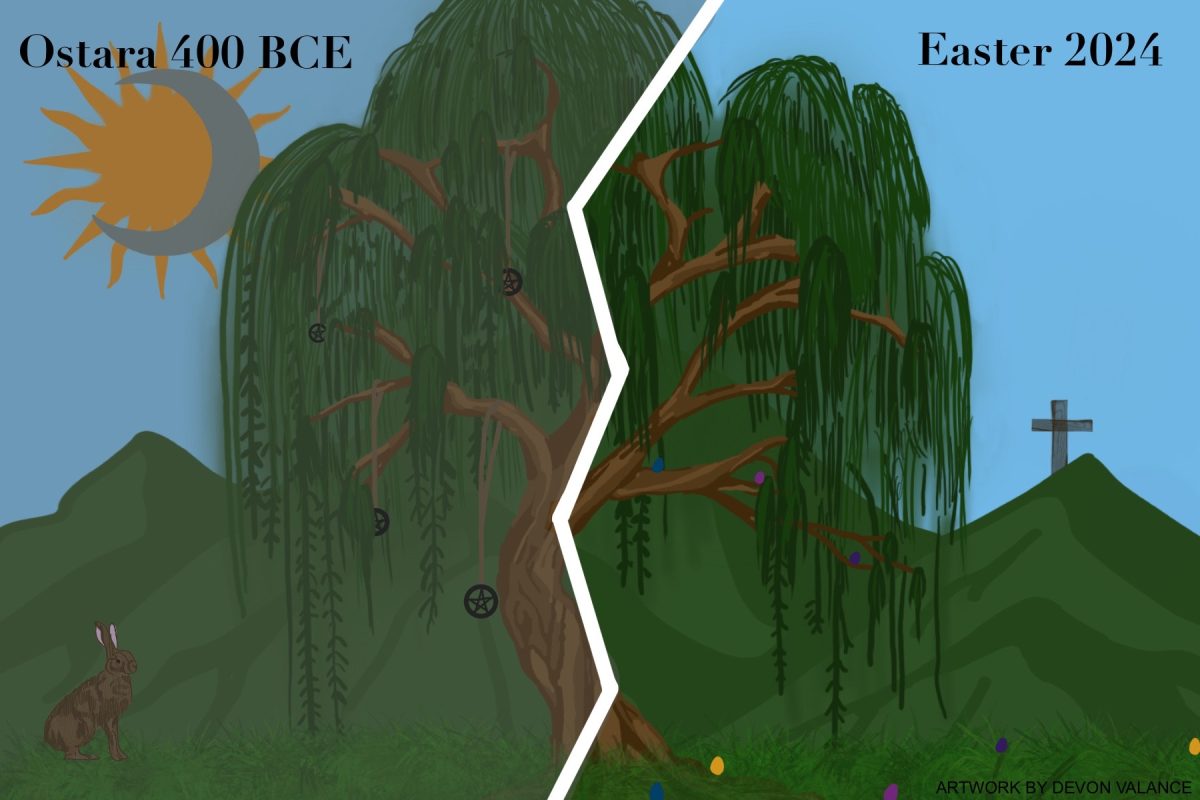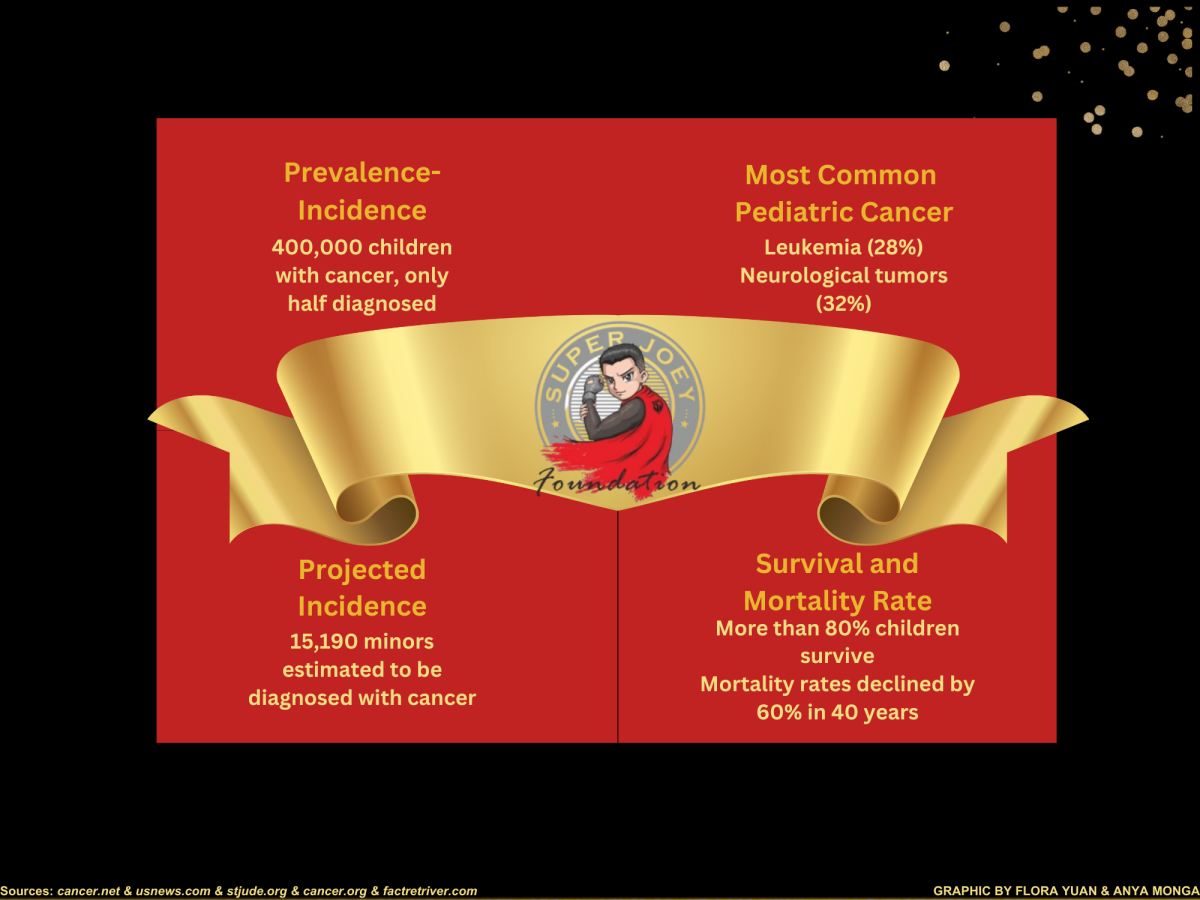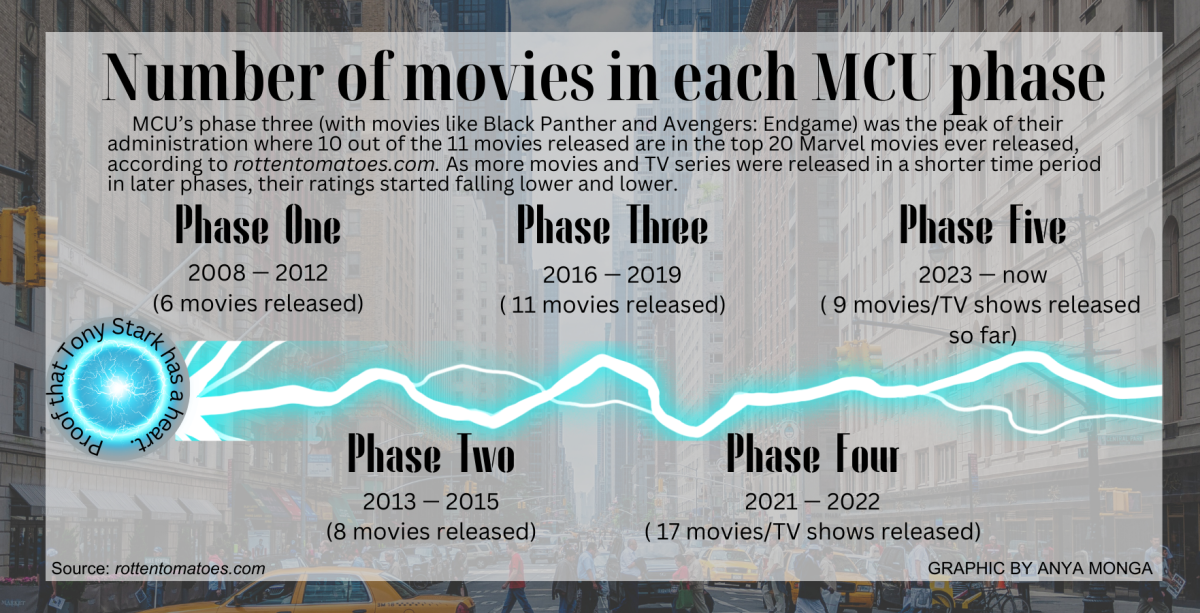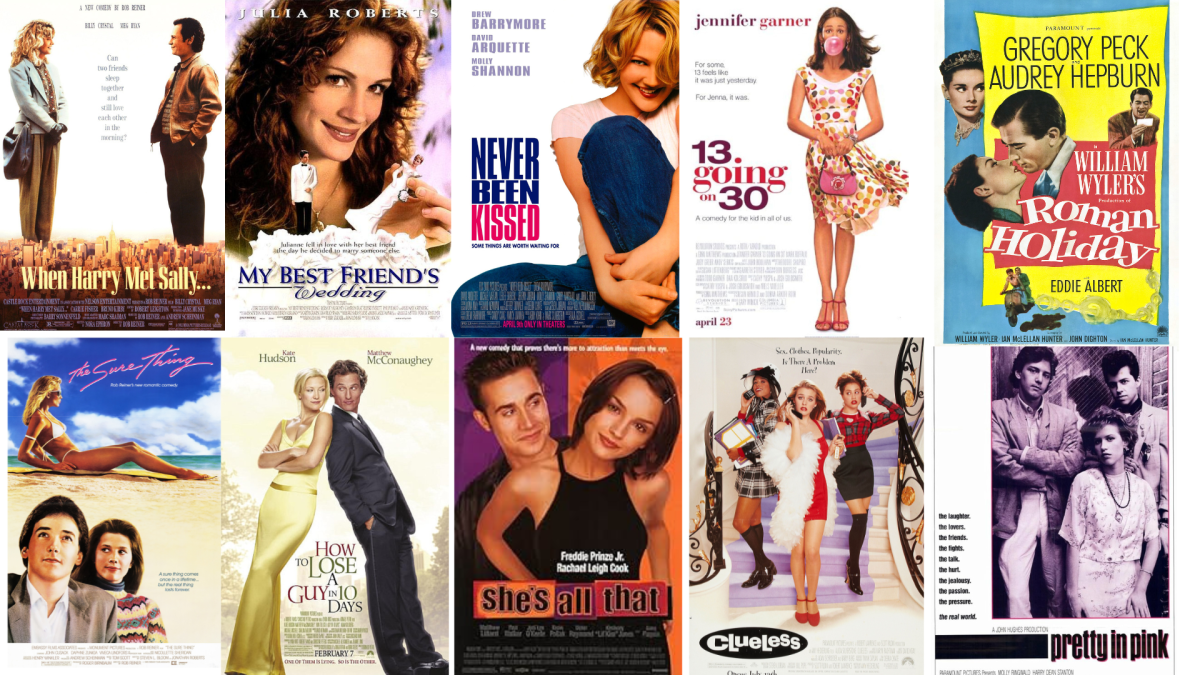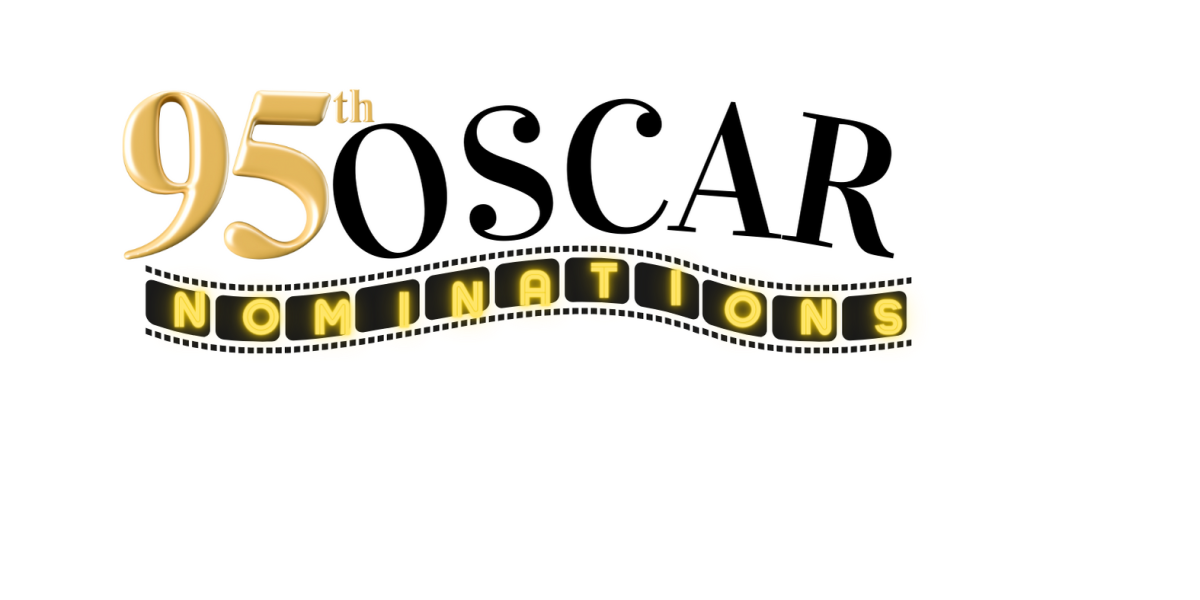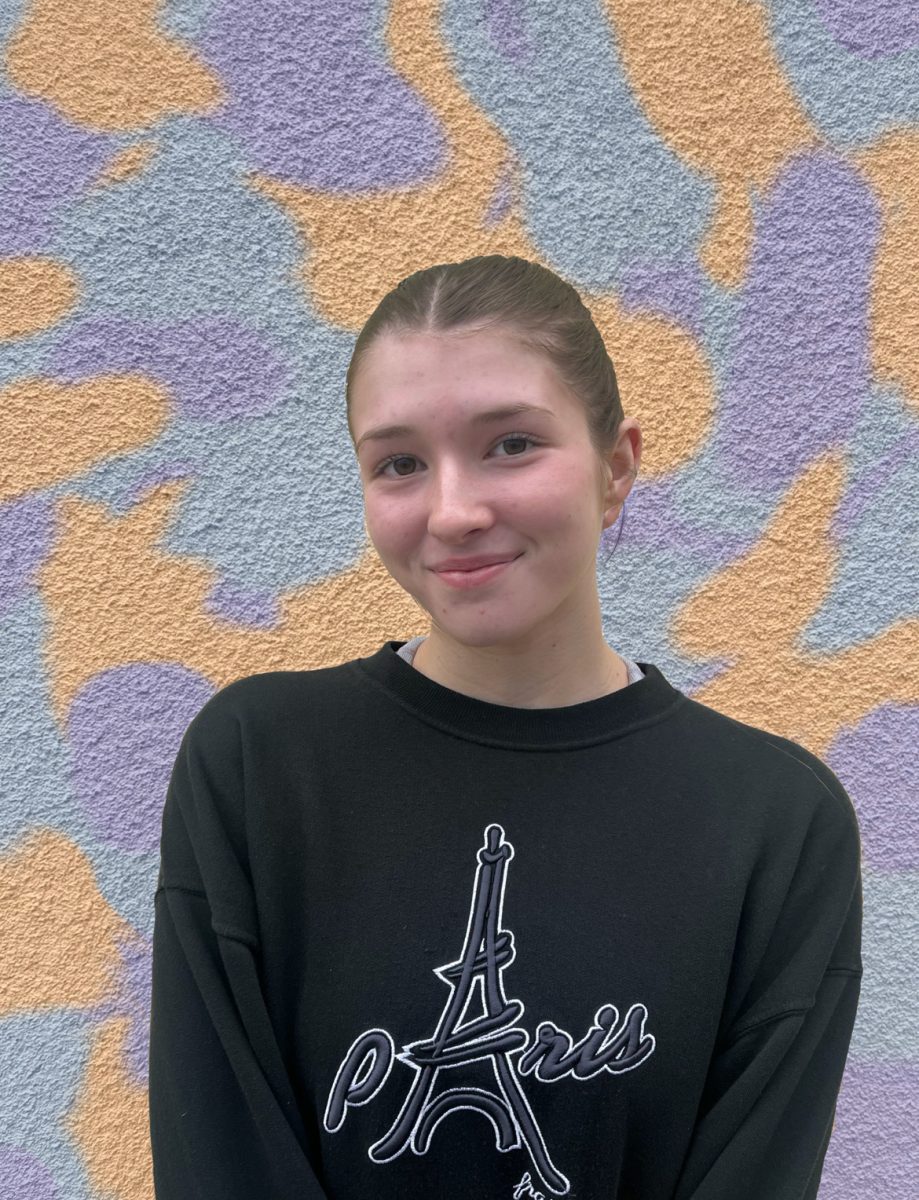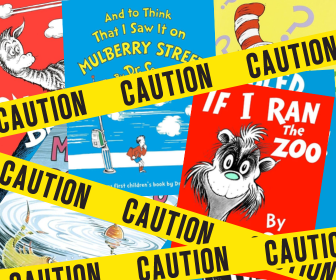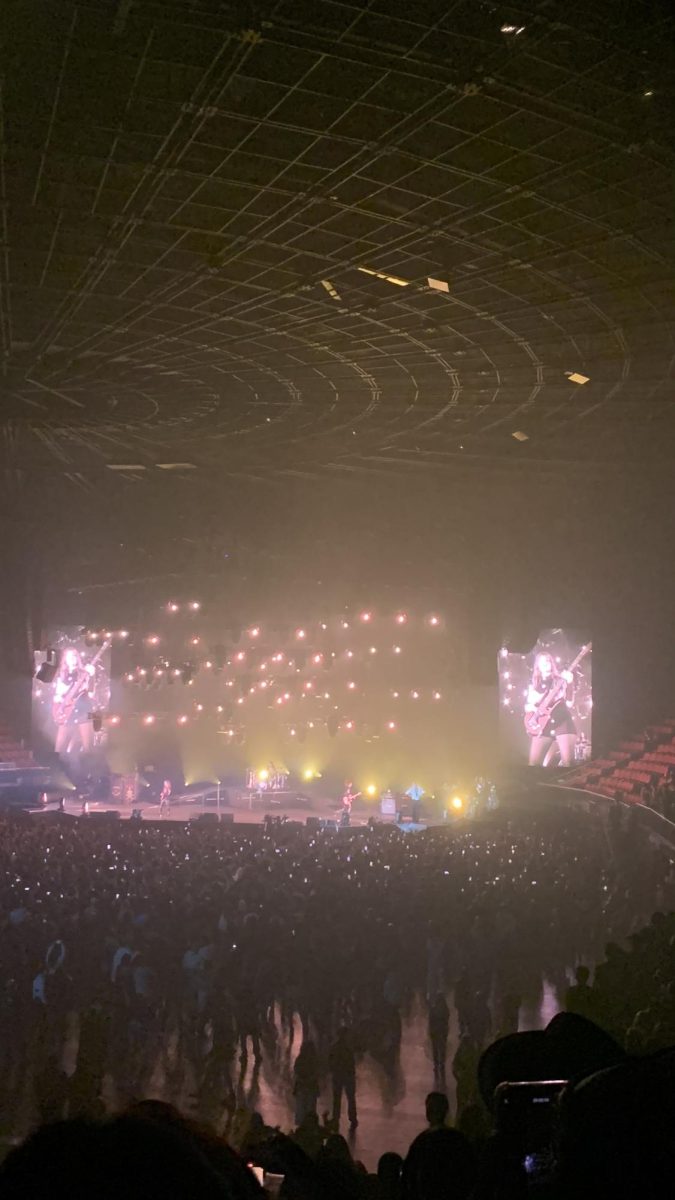“Part one: she found herself inside the perfect mystery. Part two: a sad illusion. Part three: love.” Released in 2001, David Lynch’s cryptic synopsis of his noir masterpiece Mulholland Drive leaves much to the imagination, embodying the open–ended nature of the film as a whole.
Set in present day Hollywood, the film interchangeably weaves three different plots at the same time: the first is the success story of Betty Elms (Naomi Watts), a blonde–haired and blue–eyed aspiring actress who has just moved to Los Angeles after winning a dance competition in Vancouver. Next, the movie explores the mystery of Rita (Laura Harring), an amnesiac who has escaped the scene of a fatal car crash and takes refuge in Betty’s custody while looking for clues of her past. Lastly, it follows the creative assault of the up–and–coming Hollywood director Adam Kesher (Justin Theroux), who is forced to hire the actress Camilla Rhodes against his will by an enigmatic “cowboy” figure.
Wow. That’s a lot to take in. And the weirdest part is, none of the plotlines get resolved. As the film progresses, the story takes a drastically dark turn, revealing what appears to be a nightmarish visualization of failure in the entertainment industry and an extended metaphor for the loss of identity that Hollywood actors and actresses must suffer.
But as opposed to being frustrated by the loose strings the film left behind, I was impressed with its artistry in that it took on a meaning deeper than the typical “it was all just a dream” cliché that some viewers falsely assume after finishing the movie. Instead of simply wrapping up the film with a shiny bow and selling it to viewers, Lynch intentionally fails to provide closure in order to instill discomfort in his viewers. And, believe me, it was successful.
I found myself both intrigued and perplexed by Lynch’s use of abstract scenes and objects, such as the Cowboy, who seems to possess villain–like qualities yet only has about five minutes of actual screen time or the eerie, macabre scene in which Rita and Betty randomly go to a Spanish nightclub in the middle of the night. The dark nature of the film is successfully delineated through emphasis on these eerie scenes paired with a drab color palette.
Mulholland Drive remains one of the pivotal films of the 21st century, breaking ground in terms of its avant–garde approach to storytelling and abstract coupling of noir and romance. It is a must–see for any film fanatic.


